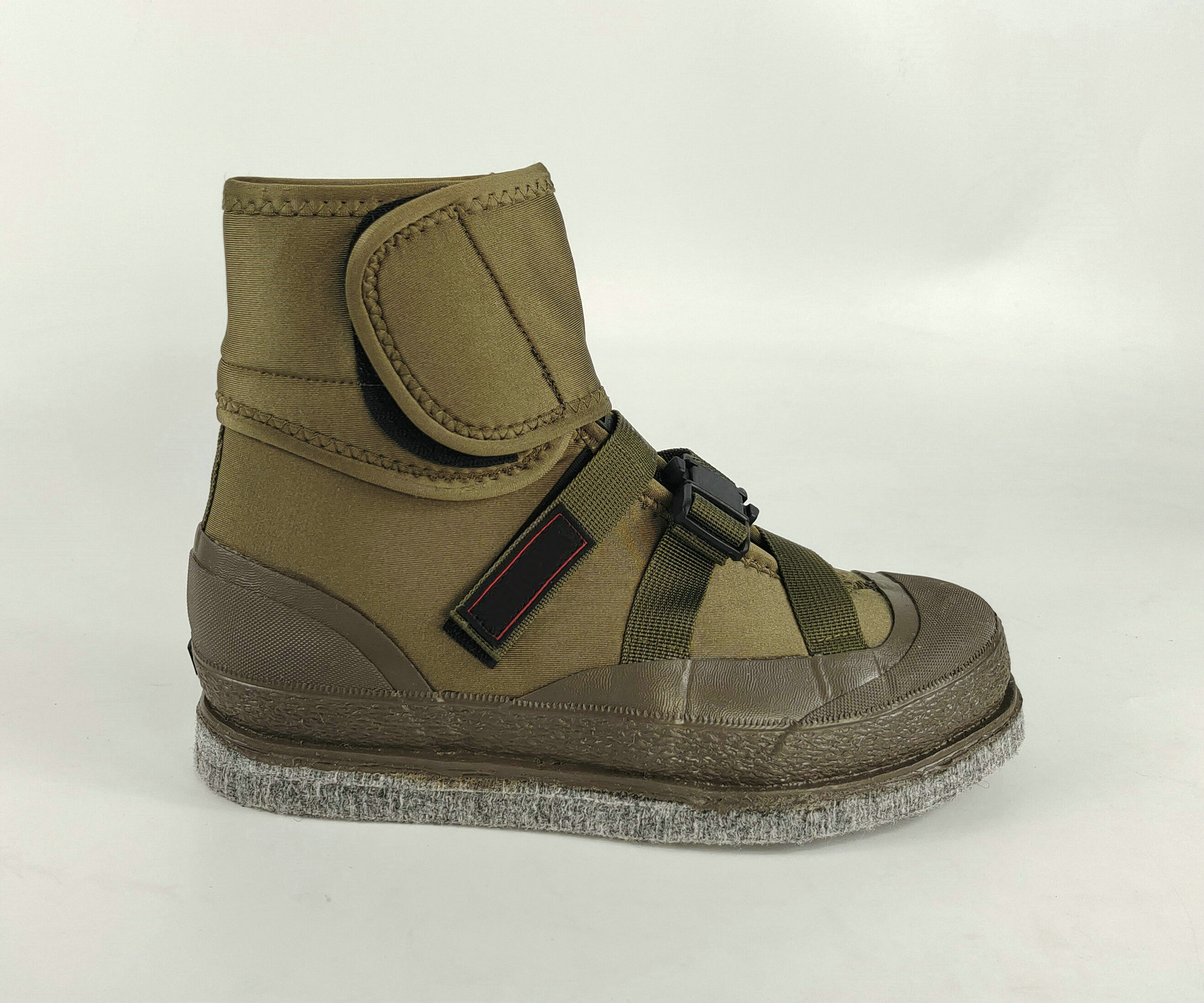The Evolution and Importance of Athletic Footwear
Athletic footwear has become an essential component of modern life, far transcending its original purpose of serving sports enthusiasts. As society becomes increasingly aware of health and wellness, the demand for specialized footwear that offers both comfort and performance has surged. This article delves into the evolution of athletic footwear, its diverse purposes, and the impact it has on our daily lives.
Historical Development
The journey of athletic footwear began in the early 19th century, with rudimentary designs made from canvas and rubber. The first significant breakthrough came with the introduction of the sneaker in the late 1800s, designed for various athletic activities. By the mid-20th century, the market saw significant advancements, particularly with brands like Nike and Adidas leading the charge. Their innovative materials and designs, such as the introduction of cushioned soles and breathable fabrics, revolutionized the industry.
The 1970s marked a significant turning point as running became a popular pastime. This era saw the emergence of specialized running shoes that catered specifically to the biomechanics of runners. Manufacturers began to focus on understanding how feet move during athletic activities, leading to the development of footwear designed to reduce injury risk. As a result, shoes with features like arch support, cushioning systems, and breathable materials became the norm.
Diverse Functions
Today, athletic footwear is categorized into various types, each designed to meet the specific needs of different sports and activities. Running shoes are engineered for forward motion, with lightweight materials and shock absorption. Basketball shoes, on the other hand, focus on ankle support and traction to enhance performance on the court.
athletic footwear

Cross-training shoes blend features to accommodate a variety of activities, appealing to those who participate in multiple sports. Additionally, the rise of lifestyle sneakers, which offer athletic performance with a casual aesthetic, has captivated a broader audience, merging fashion with function.
Importantly, the sustainability of athletic footwear is gaining attention. Brands are exploring eco-friendly materials and processes, responding to consumer demands for environmentally conscious products. This shift reflects a growing awareness of the impacts of fast fashion and a commitment to responsible manufacturing practices.
The Impact on Health and Lifestyle
The significance of athletic footwear extends beyond performance. Proper footwear plays a crucial role in health and injury prevention. The right shoes can alleviate problems such as plantar fasciitis, shin splints, and knee pain, allowing individuals to engage in physical activities comfortably.
Furthermore, athletic footwear often serves as a motivating factor for maintaining an active lifestyle. The availability of stylish and functional options encourages people to exercise, whether through running, walking, or participating in team sports. This engagement contributes to overall physical health, mental well-being, and improved quality of life.
Conclusion
Athletic footwear has evolved remarkably from its humble beginnings to become a staple in both the athletic and everyday wardrobe. The industry's focus on performance, comfort, and sustainability showcases its adaptability in meeting consumer needs. As we continue to prioritize health and fitness, the importance of choosing the right footwear cannot be overstated. Whether you're a professional athlete or a casual jogger, the right pair of athletic shoes can make all the difference in achieving your fitness goals and enjoying an active lifestyle.
-
Stay Dry in Any Condition with WadersNewsJul.17,2025
-
Elite Performance with Camouflage Combat BootsNewsJul.17,2025
-
Dry and Comfortable with Green Rubber Garden ShoesNewsJul.17,2025
-
Convenient Protection with Foldable RainbootsNewsJul.17,2025
-
Comfort and Protection with Neoprene Work BootsNewsJul.17,2025
-
Brighten Rainy Days with Floral Rain BootsNewsJul.17,2025
-
Safety Wellies: The Ultimate Combination of Protection, Comfort, and VisibilityNewsJun.19,2025











